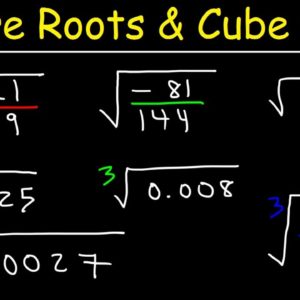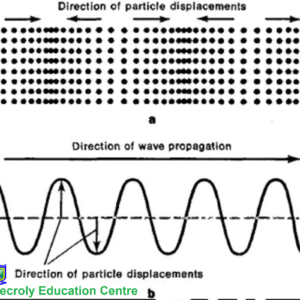Etymologically, the word optics comes from the ancient Greek word ὀπτική (OPTICKS), meaning appearance or look. Optics is the branch of physics which involves the behaviour and properties of light, including its interactions with matter and the construction of instruments that use or detect it. Optics usually describes the behaviour of visible, ultraviolet, and infrared light.

Because light is an electromagnetic wave, other forms of electromagnetic radiation such as X-rays, microwaves, and radio waves exhibit similar properties. This chapter will explore the source of light, its behaviour as a type of transverse wave and its use in different optical instruments. The other components of electromagnetic spectrum which light is a part of, will also be looked at, in terms of their origin, uses and for some, even their dangers.
Learning (Optics) Objectives
At the end of this chapter, you should be able to:
- Describe the rectilinear propagation of light.
- Investigate the formation of shadows and eclipse.
- Describe reflection of light.
- Investigate the laws of reflection of light
- Demonstrate the formation of images by plane mirrors.
- Identify the position of an image using plane mirrors.
- Describe what refraction of light is
- Explain the terms of refraction of light
- Verify the laws of refraction of light.
- Describe what refractive index is.
- Investigate the refractive index of a glass block.
- Calculate refractive index of a substance (n) using real and apparent depth.
- Explain the term ‘critical angle’.
- Describe the relationship between critical angle and refractive index.
- Explain how total internal reflection occurs.
- Explain how total internal reflection is used.
- Describe different types of lenses.
- Explain the action of lenses on beams of light.
- Demonstrate how to determine the focal length,
- Calculate the power of the converging lens
- Demonstrate how to obtain images formed by converging lenses
- Describe the uses of lenses in everyday life.
- Describe main components of electromagnetic spectrum.
- Describe the properties of electromagnetic waves
- Identify the sources of each of the rays in the electromagnetic spectrum.
- Describe the method of detection each of the main component of the electromagnetic spectrum.
- Explain the use of each of the waves in the electromagnetic radiation spectrum.
- Explain the harmful effects of ultra violet radiation, gamma rays and x-rays to life.
What You will cover in Optics
In this course, you will learn the meaning of light, and its propagation in a straight line. The difference between luminous and non-luminous objects and the role of light in our sight will be explored. The obstacles to our sight, including the formation of shadows and eclipses will also be discussed.
You will further comprehend that when rays from luminous objects strike surfaces of non-luminous objects, they bounce off the non-luminous object and enter your eye. The result is you seeing the object. This bouncing of light off objects is known as “reflection”
Although light travels in straight lines in one transparent material, such as air, if it passes into a different material, such as water, it changes direction at the boundary between the two, i.e. it is bent. This bending of light when it passes from one medium to another is called ‘refraction’.










Reviews
There are no reviews yet.